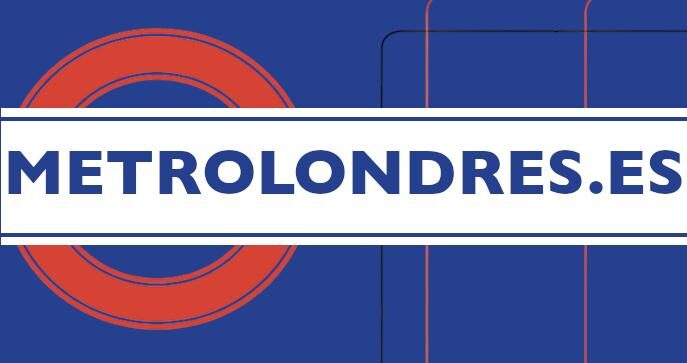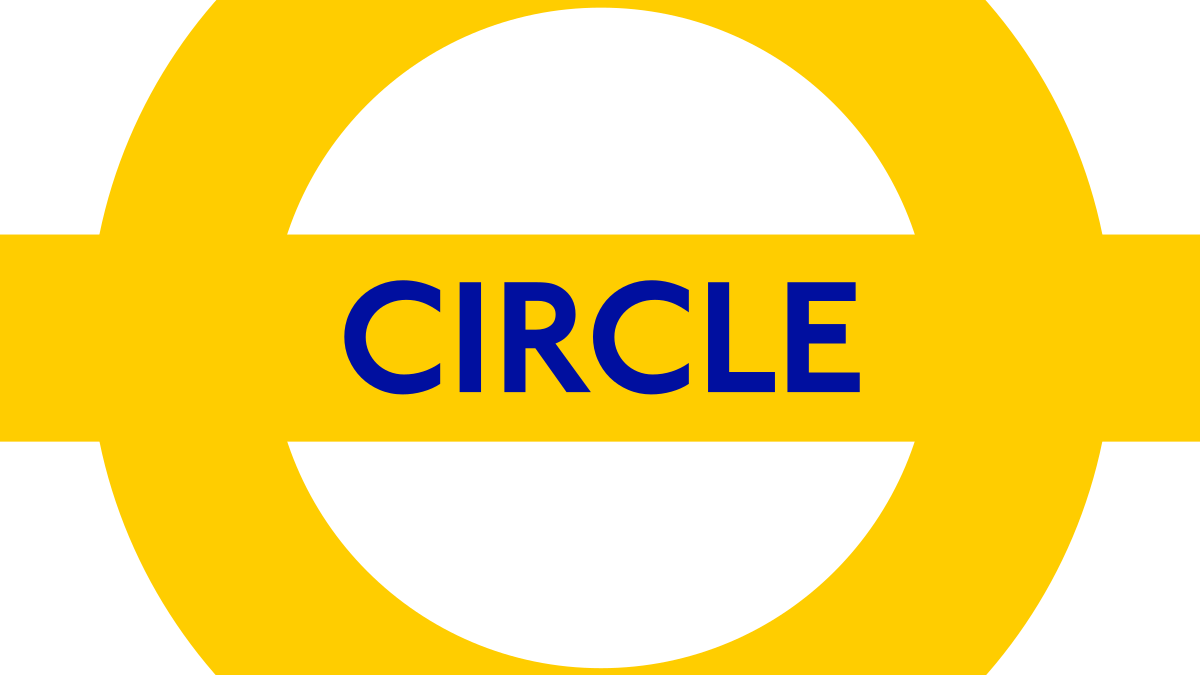The Circle line is the yellow line of the London Underground, famous for its circular route that connects some of the city’s most iconic and tourist-friendly points.

Description of the Circle Line
Opened in 1884, the Circle line is one of the oldest lines in the London Underground system. Originally designed to have a complete circular route, it was expanded in 2009 to include a section that extends to Hammersmith, making it more of a spiral line than a closed circle. This modification improved operational efficiency and increased train frequency.
The Circle line covers 36 stations along its route, almost all of which are shared with other London Underground lines, such as the District, Hammersmith & City, and Metropolitan lines. Because of this characteristic, the Circle line is often referred to as a “virtual line” since it does not have exclusive stations.
A complete loop on the Circle line takes approximately 49 minutes. The travel time includes stops at each station, maintaining a regular interval of 7 minutes between trains in both directions, which helps synchronize the service and keeps the 7 operational trains running smoothly in each direction.
The Circle line is used by about 115 million passengers each year, serving both local residents and tourists who want to quickly move around central London.
Stations on the Circle Line
The Circle line passes through 36 stations, many of which are key connection points in the London Underground network. Below is a list of all the stations on the Circle line, starting from the western end:
- Hammersmith, Goldhawk Road, Shepherd’s Bush Market, Wood Lane, Latimer Road, Ladbroke Grove, Westbourne Park, Royal Oak, Paddington, Edgware Road, Baker Street, Great Portland Street, Euston Square, King’s Cross St Pancras, Farringdon, Barbican, Moorgate, Liverpool Street, Aldgate, Tower Hill, Monument, Cannon Street, Mansion House, Blackfriars, Temple, Embankment, Westminster, St James’s Park, Victoria, Sloane Square, South Kensington, Gloucester Road, High Street Kensington, Notting Hill Gate, Bayswater, Paddington
Map and Route of the Circle Line
The map of the Circle line illustrates its extended route from Hammersmith through central London, forming a spiral loop that facilitates access to various points of interest and key areas of the city. This unique configuration allows passengers to easily travel through London’s busiest zones, connecting multiple Underground lines and major stations.

Operating Hours of the Circle Line
The Circle line provides regular service that facilitates transportation throughout the week.
From Monday to Saturday, trains begin operating around 4:30 am and continue until about 1:00 am, depending on the station. On Sundays, the schedule is slightly reduced, with trains running from 7:00 am to 12:30 am.
For more detailed and updated information on the first and last train times at each station, you can check the updated schedule here.
Interesting Facts about the Circle Line
The Circle line was one of those affected by the terrorist attacks of July 7, 2005, a tragic event that had a profound impact on London and the city’s transport system. Since then, numerous security improvements have been implemented throughout the London Underground network to ensure passenger safety.
Additionally, due to its unique structure and mostly above-ground route, the Circle line provides a different travel experience compared to other deeper lines of the London Underground. This allows passengers to enjoy views of the city while traveling, making the line a popular choice for both tourists and residents.
With its combination of history, extensive connectivity, and crucial role in daily London transport, the Circle line remains a vital part of the London Underground network.

